NEWS
20 Hidden Dangers In Your Home You Should Never Ignore
Published
2 months agoon
Your home should be a safe haven, but hidden dangers can pose serious risks if left unchecked. From fire hazards to health threats, many issues often go unnoticed until it’s too late. Being aware of these risks and addressing them promptly can protect your family and your property. Here are 20 hidden dangers in your home you should never ignore.
Unchecked Smoke Alarms
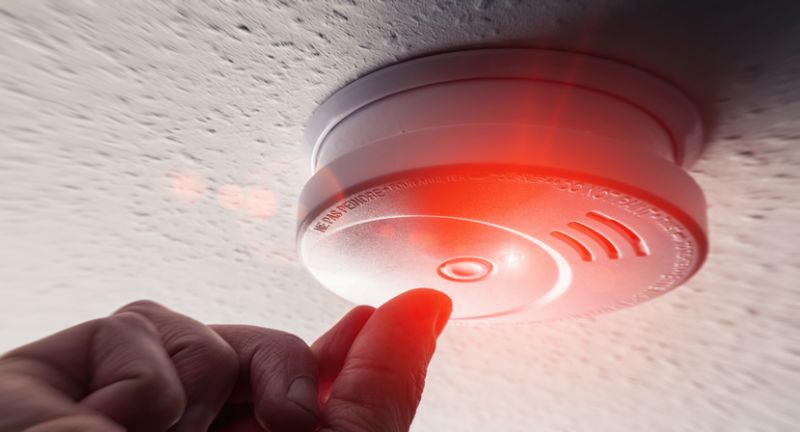
Shutterstock
Smoke alarms save lives, but they’re often forgotten until they fail. Dead batteries or old devices can leave your home vulnerable in case of a fire. Handymen recommend testing smoke alarms monthly and replacing batteries annually. Make sure your alarms are less than 10 years old to ensure reliability.
Mold Growth in Hidden Areas
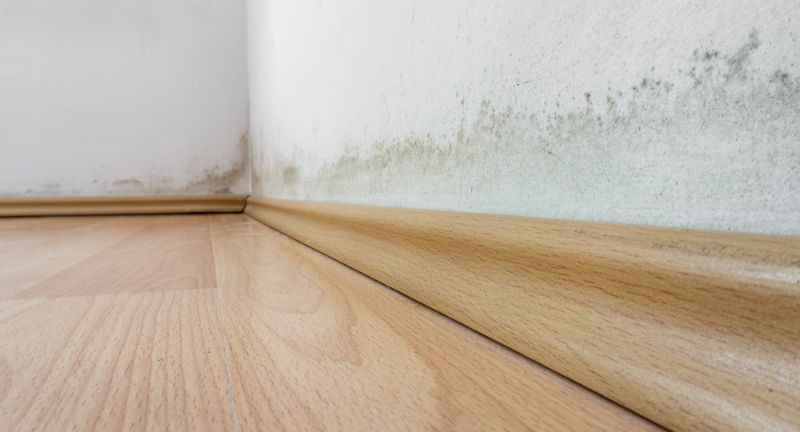
Shutterstock
Mold can grow in damp, hidden spaces like behind walls or under sinks, causing respiratory issues and allergies. Leaks and poor ventilation often contribute to its growth. Regularly inspect these areas and address any water damage promptly. Using a dehumidifier can help prevent mold in humid environments.
Frayed Electrical Cords
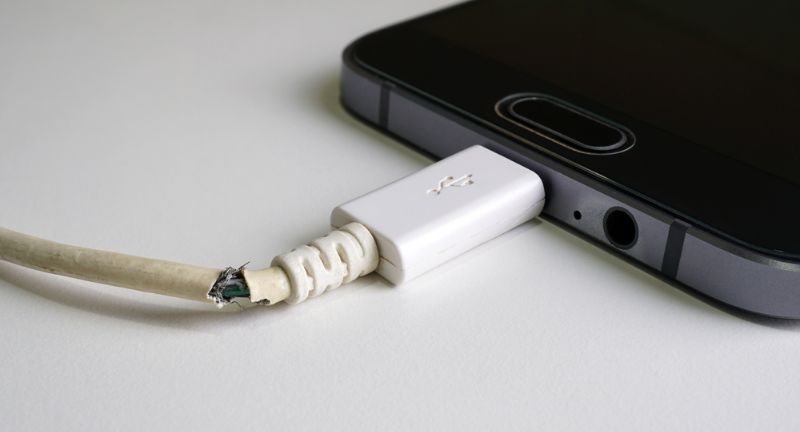
Shutterstock
Worn or frayed electrical cords can spark fires or cause electrical shocks. Inspect your cords regularly for signs of damage, especially if you have pets or children. Replace damaged cords immediately to avoid risks. Keeping cords out of high-traffic areas also reduces wear and tear.
Clogged Dryer Vents
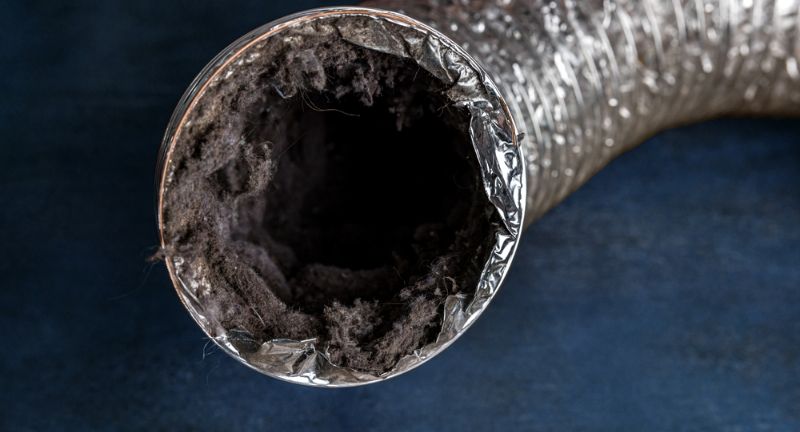
Shutterstock
Lint buildup in dryer vents is a leading cause of household fires. While cleaning the lint trap after each use helps, vents need deep cleaning every six months. Use a vacuum or a specialized vent cleaning tool to clear the duct. Proper maintenance keeps your home safe and your dryer efficient.
Improperly Stored Cleaning Supplies
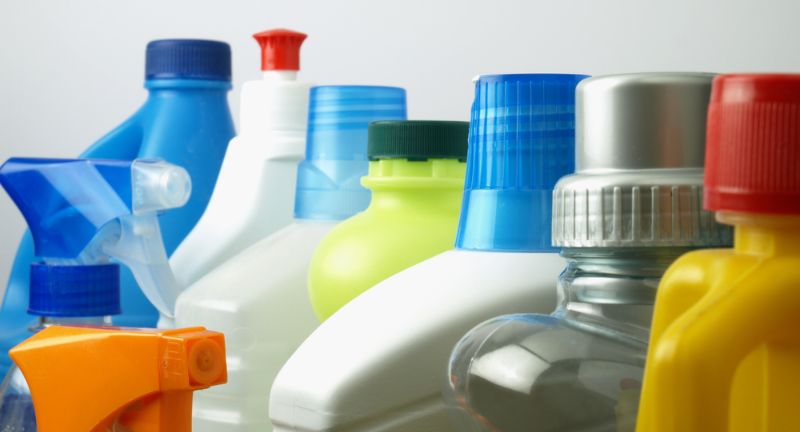
Shutterstock
Cleaning chemicals stored carelessly can leak, mix, or be accidentally ingested by children or pets. Always store them in a cool, dry place, out of reach of curious hands. Ensure they are in their original containers with clear labels. Proper storage prevents accidents and keeps your household safe.
Unsecured Furniture

Shutterstock
Tall furniture like bookcases and dressers can tip over, especially if children climb on them. Secure these items to the wall with brackets or straps. Handymen recommend checking the stability of all heavy furniture regularly. Prevention measures protect your family from potential injuries.
Carbon Monoxide Leaks
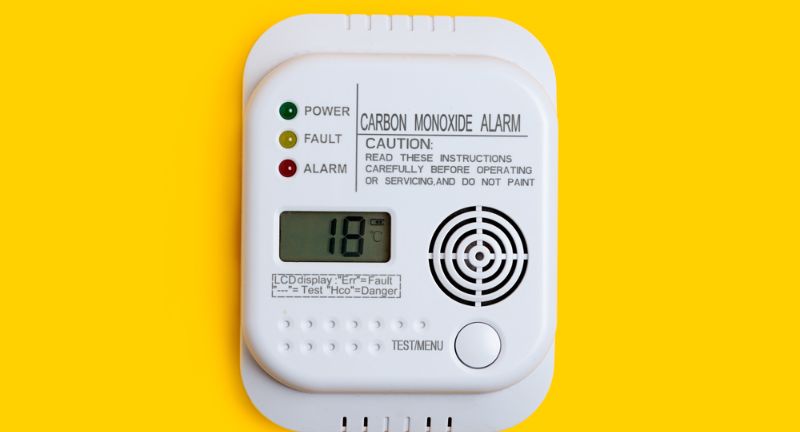
Shutterstock
Carbon monoxide is an invisible, odorless gas that can be deadly. Faulty appliances like furnaces or water heaters are common sources. Install carbon monoxide detectors and test them regularly. Scheduling annual inspections for gas-powered appliances reduces the risk of leaks.
Overloaded Power Outlets
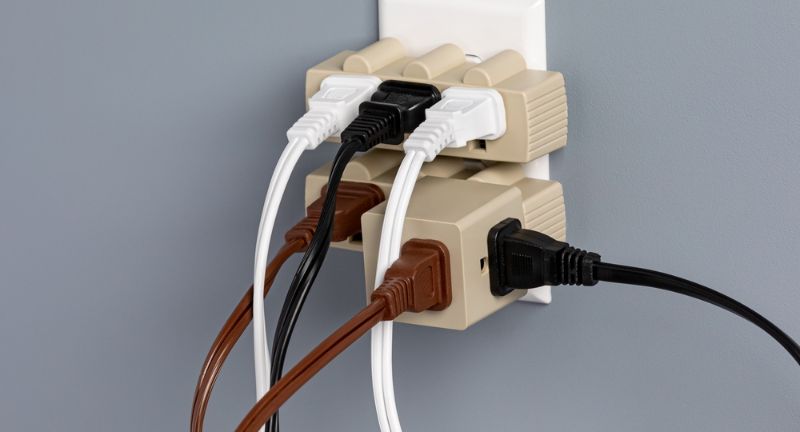
Shutterstock
Plugging too many devices into a single outlet can cause overheating and fires. Avoid using multiple power strips in the same outlet, and unplug devices when they’re not in use. Handymen suggest upgrading to surge protectors for better safety. Spreading out your devices prevents electrical overloads.
Hidden Water Leaks
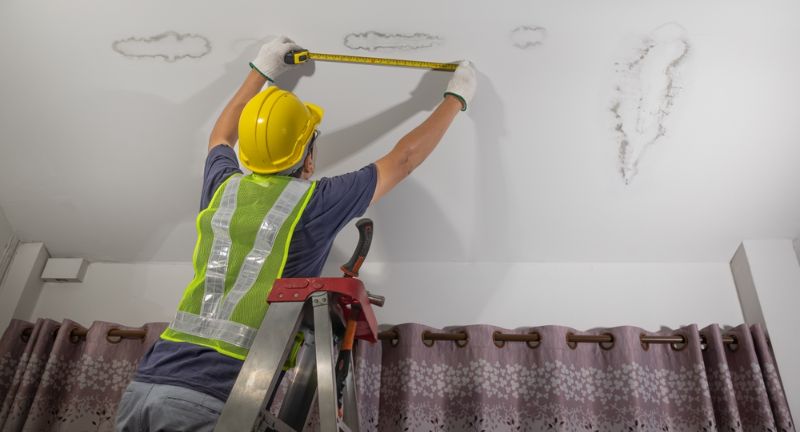
Shutterstock
Slow leaks from pipes or appliances can lead to structural damage and mold growth. Look for signs like water stains, peeling paint, or musty odors. Addressing leaks early prevents costly repairs and health issues. Regular plumbing inspections are a worthwhile investment for long-term safety.
Poor Ventilation
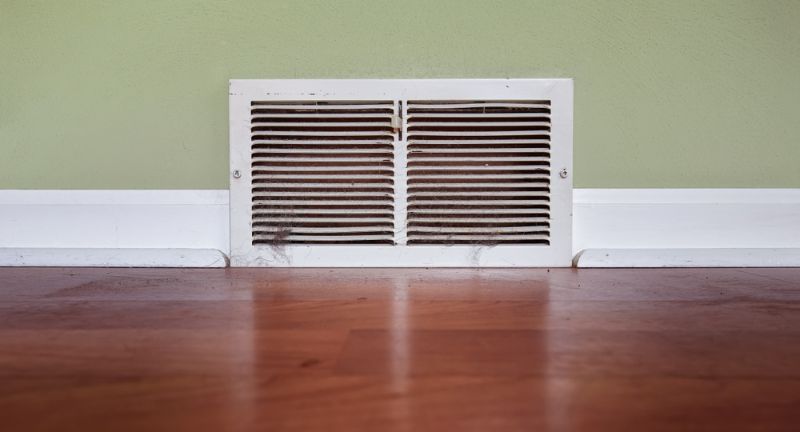
Shutterstock
Insufficient ventilation can cause moisture buildup, leading to mold, mildew, and poor air quality. Kitchens, bathrooms, and basements are especially vulnerable. Install exhaust fans and keep windows open when weather permits. Improving airflow ensures a healthier living environment for everyone in your home.
Loose Stair Railings
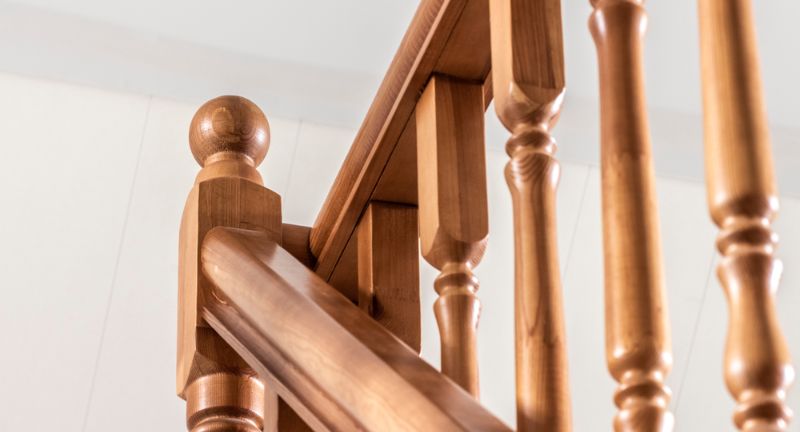
Shutterstock
Loose or wobbly stair railings are a serious safety hazard, especially for children and the elderly. Regularly check railings for stability and tighten screws or brackets as needed. If repairs are extensive, consider hiring a professional. Sturdy railings help prevent slips and falls in your home.
Poorly Maintained Chimneys
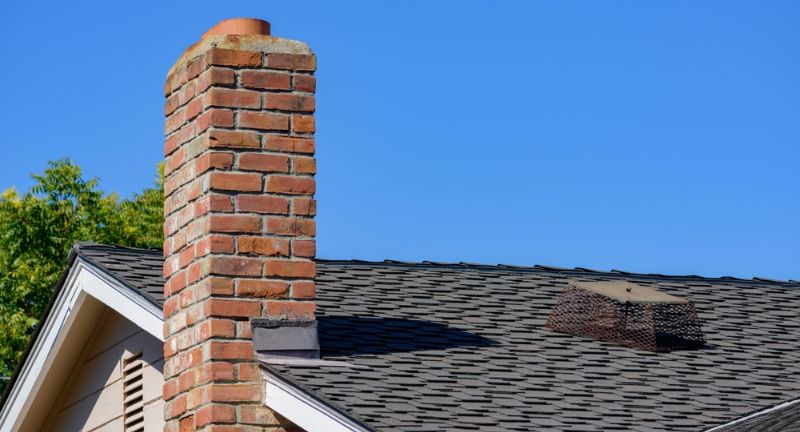
Shutterstock
Chimneys can accumulate soot and creosote, which are major fire hazards if not cleaned regularly. Blockages from bird nests or debris can also prevent proper ventilation. Schedule annual inspections and cleanings to keep your chimney safe and functional. Proper maintenance ensures efficient and hazard-free heating.
Unstable Decking or Patios
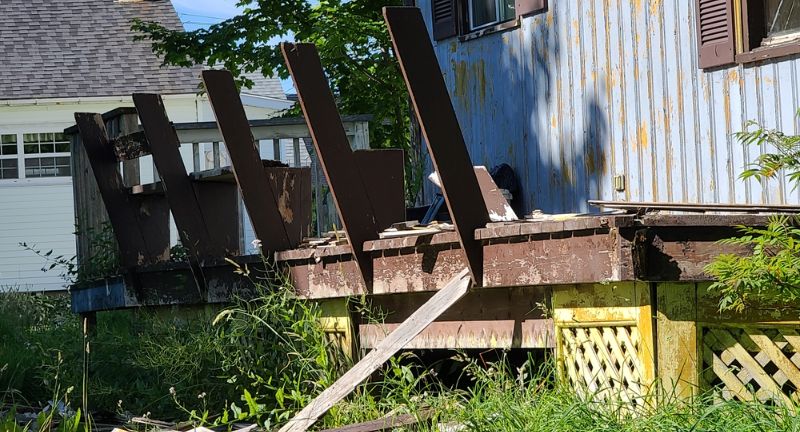
Shutterstock
Over time, outdoor decks and patios can weaken due to weathering and wear. Look for signs of rotting wood, loose boards, or unstable railings. Replace damaged materials and secure loose elements to prevent accidents. Regular inspections keep your outdoor spaces safe for family and guests.
Expired Fire Extinguishers
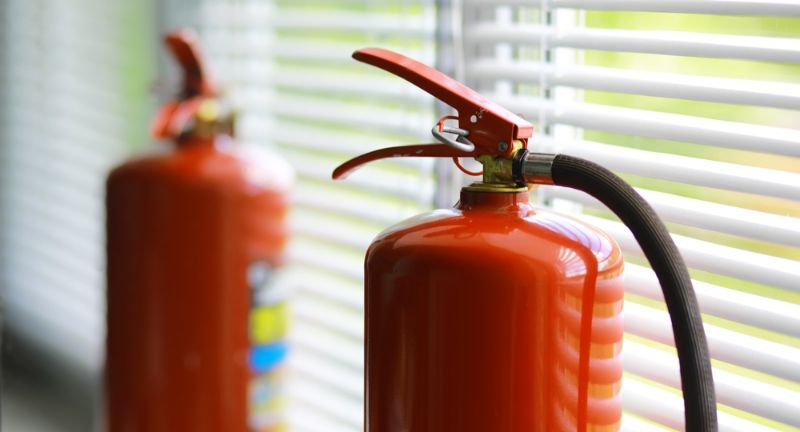
Shutterstock
Fire extinguishers lose their effectiveness over time, leaving you unprepared in emergencies. Check the expiration dates and ensure the pressure gauge is in the green zone. Replace expired extinguishers and familiarize yourself with how to use them. A functional extinguisher is a critical safety tool for any home.
Old or Outdated Wiring
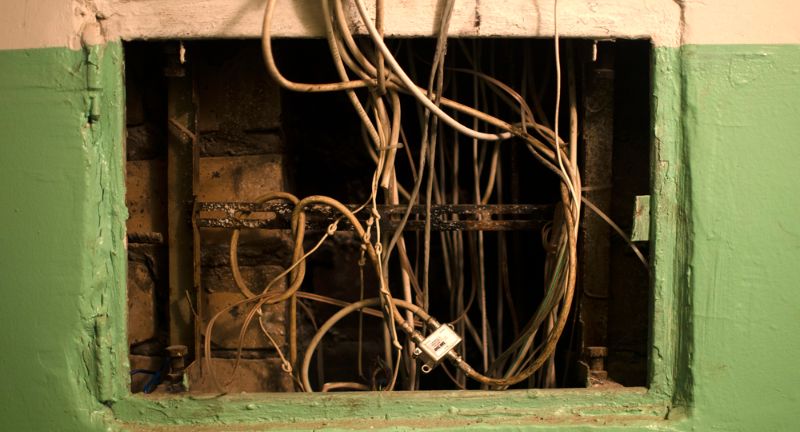
Shutterstock
Homes with outdated wiring are at higher risk of electrical fires. Knob-and-tube or aluminum wiring, common in older homes, may not meet modern safety standards. Hire a licensed electrician to inspect and update your wiring. Modernizing your electrical system protects your home from dangerous malfunctions.
Pest Infestations
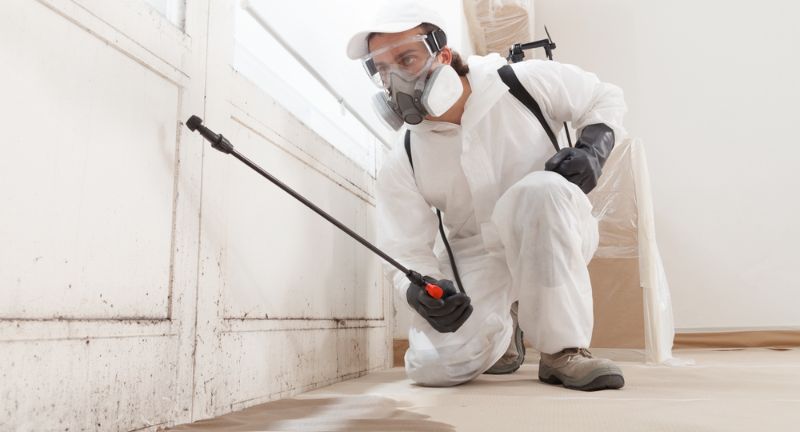
Shutterstock
Rodents, termites, and other pests can cause structural damage and health hazards. Look for signs like droppings, gnaw marks, or holes in walls. Seal entry points and consider professional pest control services if the issue persists. Regular inspections can prevent infestations from becoming severe.
Tripping Hazards from Loose Rugs

Shutterstock
Area rugs without non-slip backing can slide and cause tripping accidents. Secure rugs with non-slip pads or rug tape to keep them in place. This is especially important in high-traffic areas or homes with young children or elderly residents. Simple fixes like these can prevent unnecessary injuries.
Neglected Water Heaters
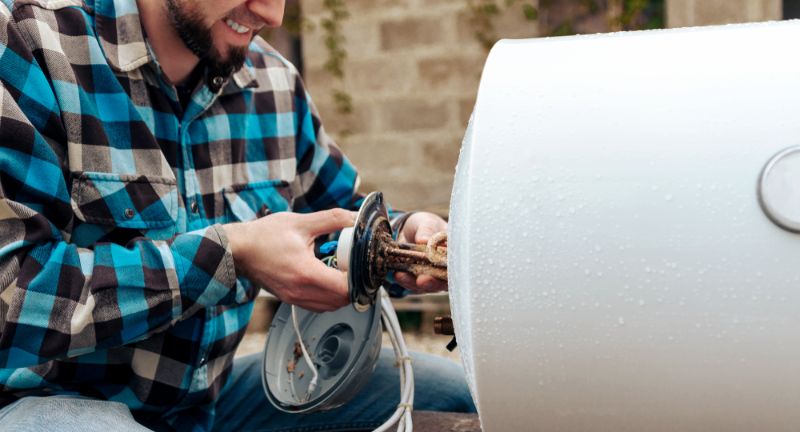
Shutterstock
Sediment buildup in water heaters reduces efficiency and increases the risk of leaks or bursts. Flushing your water heater annually removes this buildup and extends its lifespan. Handymen recommend checking the pressure relief valve regularly to ensure safety. Proper maintenance saves money and avoids emergencies.
Cracks in the Foundation
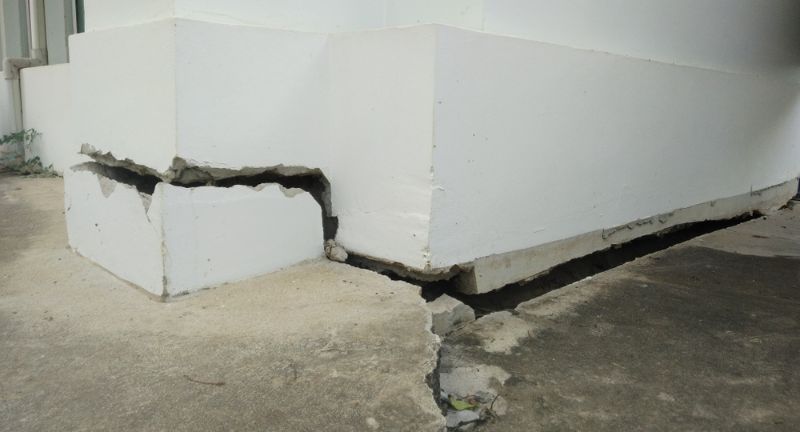
Shutterstock
Small cracks in your home’s foundation can expand over time, leading to structural damage and water intrusion. Inspect your foundation annually and seal minor cracks with epoxy filler. For larger issues, consult a structural engineer. Early intervention prevents costly repairs down the road.
Improperly Stored Flammable Liquids
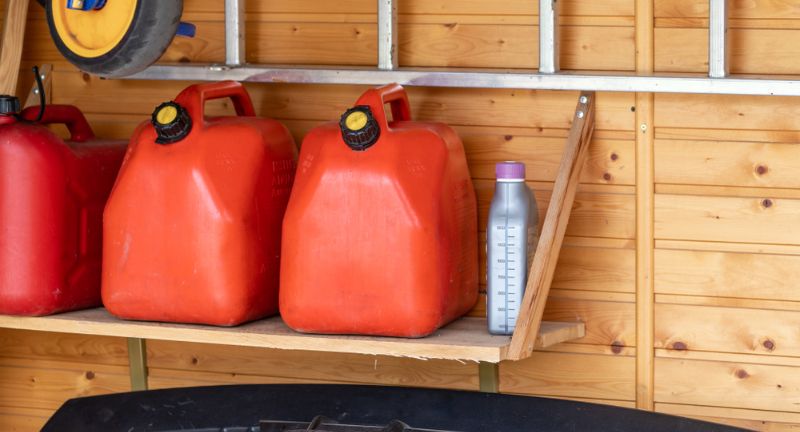
Shutterstock
Flammable liquids like gasoline, paint thinners, and cleaning products should be stored in cool, ventilated areas away from heat sources. Use approved containers and keep them tightly sealed to prevent spills or vapors. Safe storage reduces the risk of accidental fires or toxic exposure.
Conclusion
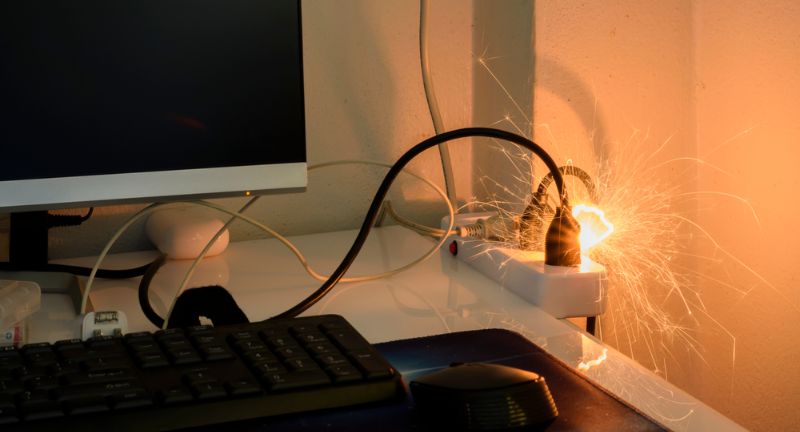
Shutterstock
Hidden dangers in your home can pose significant risks if ignored, but identifying and addressing them can prevent accidents and damage. Regular maintenance and proactive measures are key to ensuring a safe and healthy living space. By staying vigilant, you can protect your loved ones and enjoy peace of mind. A safe home starts with awareness and action.
More From Local News X
-


Missouri Man Finally Gets His Day In Court 19 Years…
-


MORE: Fire Erupts Near Griffith Observatory in Los Angeles, CA
-


20 Things Baby Boomers Do That Annoy Absolutely Everyone
-


Parenting YouTubers Ruby Franke, Jodi Hildebrandt Arrested On Suspicion of…
-


20 Financial Facts About America’s Retirees Most Aren’t Aware Of
-


22 Popular Grocery Store Staples That You Can Save Money…
-


21 Key Financial Things You Must Do Before Retirement
-


Victory Brinker Sings at Advocacy for the Arts Press Conference…
-


22 Essential Kitchen Hacks That Fly Under The Radar
-


Interview with Grandfather of Uvalde, TX Gunman, “I wasnt inside…
-


20 Signs Someone Is Likely To Betray You
-


19 Often Overlooked Things That Invite Bugs Inside
